
In
our recent study, we developed a program called Attentive Rehabilitation and
Improvement of Attention (ARIA) that enables tele-cognitive training. ARIA was
implemented for children with ADHD during the COVID-19 pandemic's severe
lockdown, utilizing an interactive platform for therapist-client interactions.
Our findings suggest that attention can indeed be trained remotely, with
observed improvements extending to executive function and the amelioration of
ADHD symptoms.

In our recent study, we compared 1 mA and 2 mA tDCS over the left dlPFC and pre-SMA in individuals with OCD. We found greater neural, cognitive, and behavioral outcomes for the higher dose!
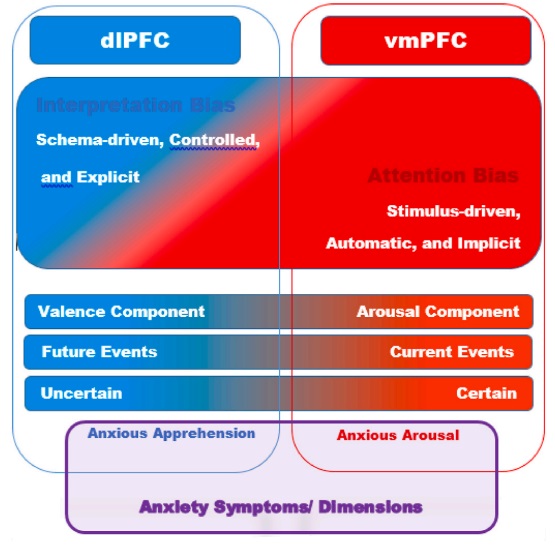
In our neurocognitive model of anxiety, the two primary symptoms- arousal and worry- originate from attention and interpretation biases. The former is stimulus-driven and automatic, while the latter is schema-driven and controlled. These biases are attributed to the ventromedial prefrontal cortex (vmPFC) and dorsolateral prefrontal cortex (dlPFC) at the neural level.

In our recent study, employing a head-to-head design, we systematically compared multisessional tDCS, CBT, combined tDCS and CBT, and a control group across four categories in individuals with depression. Our findings revealed improved depressive symptoms, enhanced executive functions, and enhanced social cognition in all intervention groups. Beyond their comparable effectiveness, I want to emphasize the interconnected nature of depressive symptoms, executive functions, and social cognition.
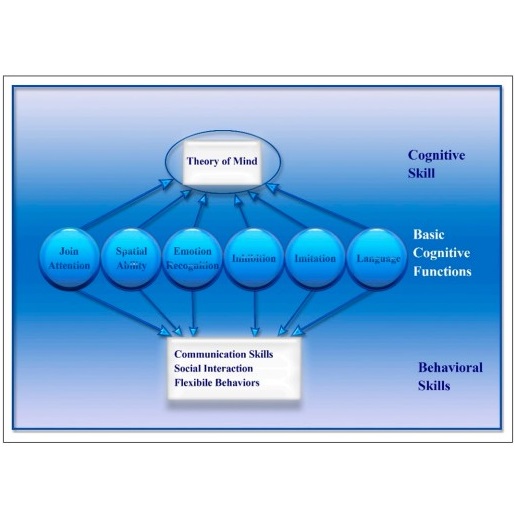
In our recent study, we introduced a program aimed at enhancing theory of mind by targeting basic social processing, named Attentive Remediation of Theory of Mind (ARTOM). This program effectively enhances specific basic social processing skills, and the improvements extend to theory of mind and behavioral symptoms in autistic children. This study introduces a new model that explores the interaction between basic and higher social skills, as well as social behaviors in individuals with autism.

Our recent study identified the crucial role of the temporoparietal junction in the perception of interpersonal distance. Interpersonal distance shapes the dynamics of approach or avoidance within our social interactions. Additionally, our findings indicate that the ventromedial prefrontal cortex is involved in the approach towards positive emotions.

In a recent study, we hypothesized a cumulative effect of bilateral stimulation, but surprisingly, we observed a null effect! Indeed, the left and right DLPFC demonstrated an anticorrelated interaction in executive control.
![Time [training] healswounds!](images/Timetrainighealswounds.jpg)
In
a recent study, we developed a time-training program called the Program for
Attentive Remediation of Time Perception (PART). PART has shown significant
improvements in time perception, a reduction in risky decision-making, and
amelioration of ADHD symptoms. However, it does not have any impact on working
memory, inhibitory control, and cognitive flexibility.
We conclude that time perception is trainable, and the training effect is
transferable to hot executive functions but not cold ones. This could be explained
by the implicit style of information processing in time perception and hot
executive functions, whereas explicit information processing is involved in
cold executive functions.
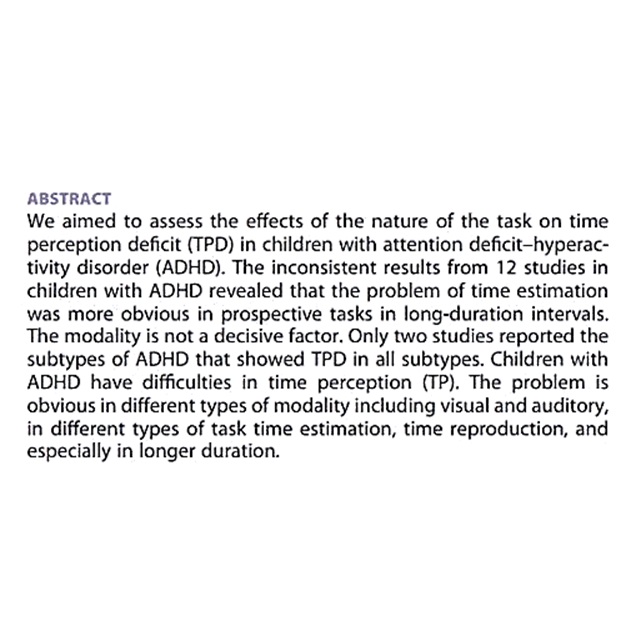
In
a meta-analysis, we discovered that individuals with ADHD experience an
accelerated passage of time. This phenomenon was more prominent when
considering prospective time intervals and extended durations.
This heightened time perception disturbance aligns with several core ADHD
symptoms, including impulsivity, inattentiveness, hyperactivity, and a
propensity for risky decision-making.
More
specifically, I control negativity; therefore, I am mentally healthy.
Whether we like it or not, negative events enter our lives and capture our
attention. The art lies in forgetting them. In other words, engagement is
inevitable; disengagement distinguishes between healthy and pathological
processing.
Our systematic review has identified the role of neural structures in
inhibitory control concerning attention bias and their relevance to
psychopathology.
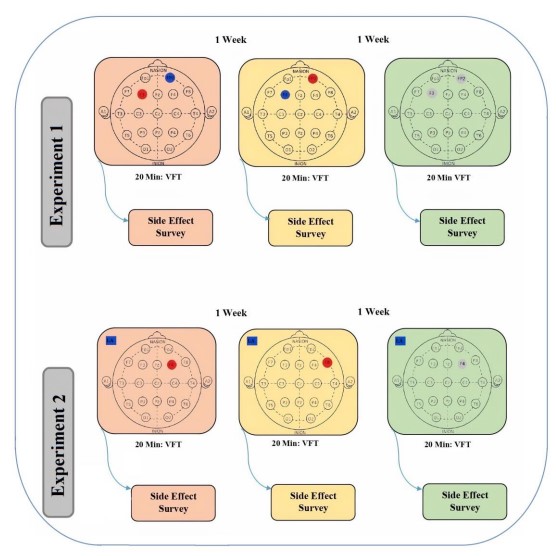
In our recent study, we observed heightened phonemic verbal fluency when stimulating the dlPFC and enhanced semantic verbal fluency when stimulating both the vmPFC and dlPFC.
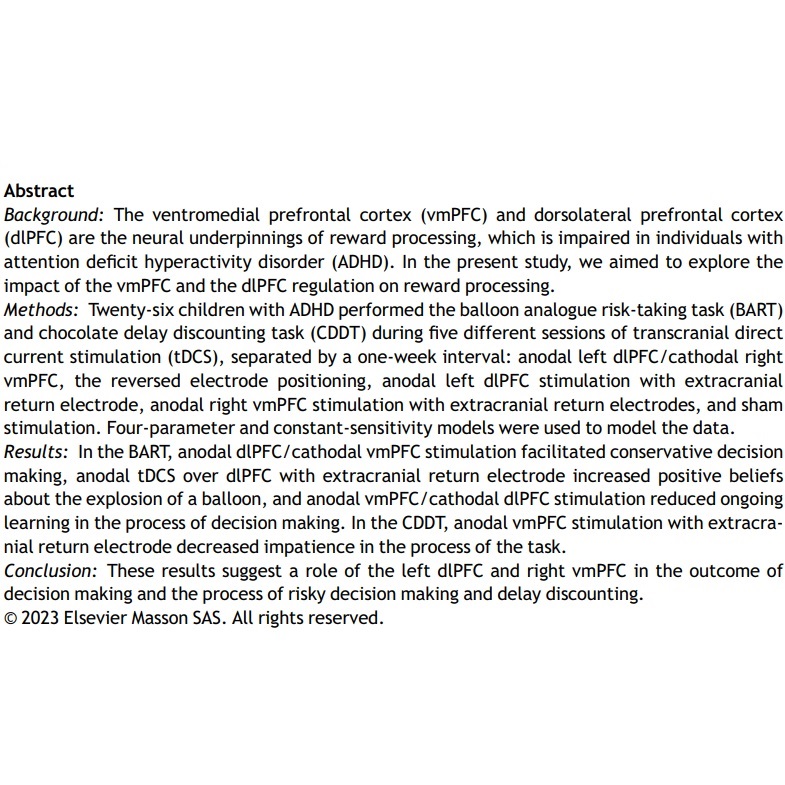
In
our recent study, we identified the roles of synchronization between the dlPFC
and vmPFC in the outcomes and processes of risky decision-making in children
with ADHD.
Specifically, synchronized stimulation was linked to a decrease in positive
prior beliefs, a lower propensity for risk-taking, and a reduction in
deterministic choices. Conversely, desynchronized stimulation was associated
with an expedited learning process based on initial selections.
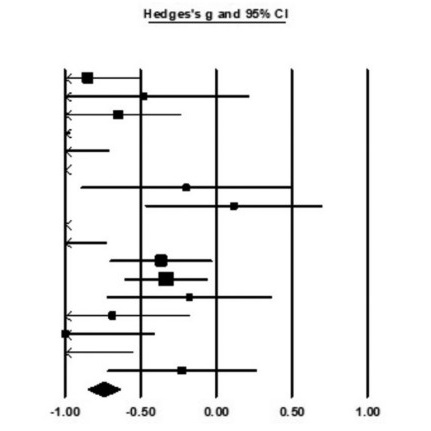
In
a meta-analysis study, I discovered that individuals with ADHD often struggle
to understand mental states through the eyes, which is a significant aspect of
theory of mind crucial for social cognition. What's fascinating is that this
difficulty seems to persist irrespective of age and gender.
This finding underscores the importance of not only addressing executive
functions and related social issues in individuals with ADHD but also
recognizing the impact of poor social cognition on their overall well-being.
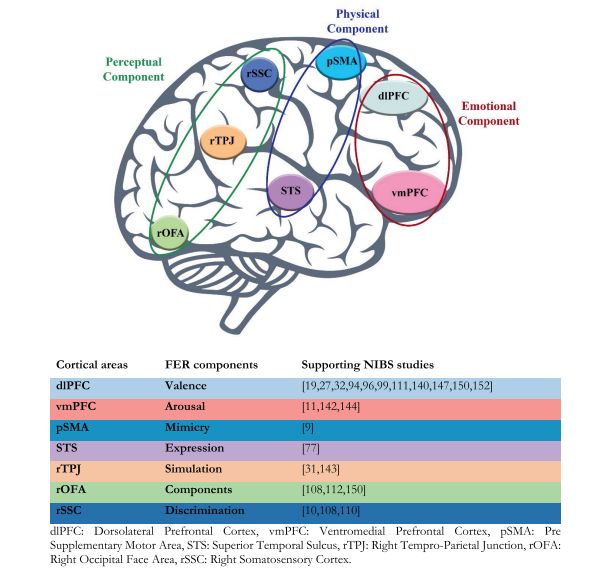
We propose a novel
model for the neural architecture underlying facial emotion recognition. This
model has been formulated following a systematic review of NIBS studies.
Our proposed model introduces three integral components for the process of
facial emotion recognition: perceptual, physical, and emotional.
The perceptual facet encompasses rTPJ, rOFA, and rSSC, sequentially engaging in
simulation, component perception, and discrimination tasks.
The physical component encompasses pSMA and STS, successively contributing to
mimicry and expression processes.

Our recent study has uncovered a promising intervention known as Active Memory Intervention (AMIN), which has demonstrated the ability to enhance inhibitory control and alleviate symptoms associated with Attention-Deficit/Hyperactivity Disorder (ADHD).

In my recent book, I
unveil a symphony of cognitive functions that illuminates how diverse
information processing intertwines. Introducing four distinct cognitive
categories: hot, cold, warm, and cool!
Hot cognition harmonizes the intuitive processing of emotional stimuli,
embracing emotion recognition and social cognition. In contrast, cold cognition
resonates with the analytical processing of non-emotional stimuli, such as
cognitive flexibility, working memory, and inhibitory control.

Our recent study has provided compelling evidence that the program for attentive Rehabilitation of Inhibition and Selective Attention (PARISA) is highly effective in improving symptoms of ADHD and externalizing behavioral problems.

Our recent study has confirmed that Class-Based Cognitive Remediation (COREN) effectively enhances attention and executive functions in preschoolers.
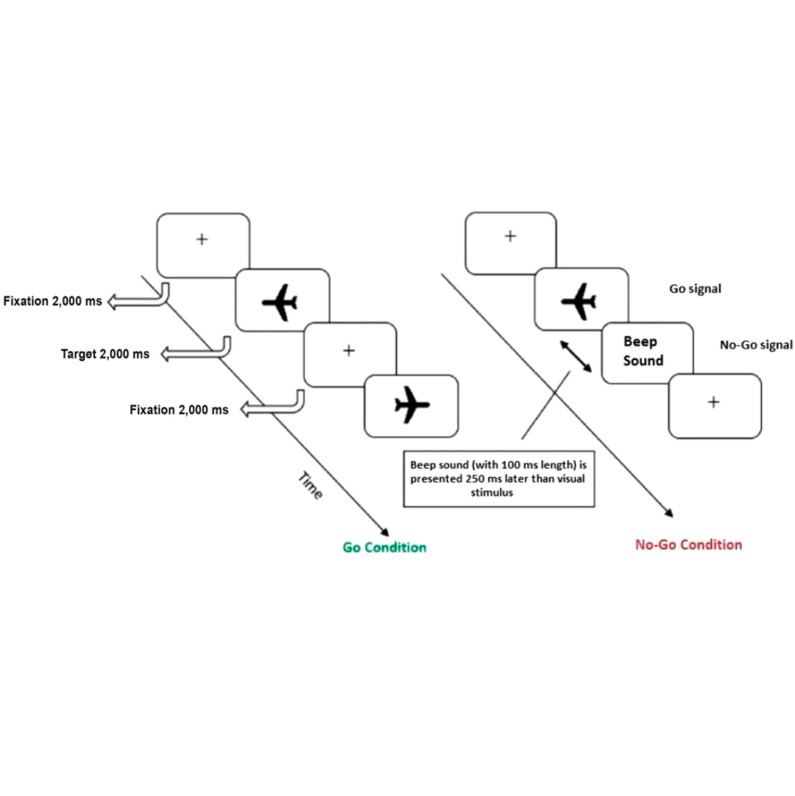
Our recent study has highlighted impaired cold executive functions, while hot executive functions exhibit a delayed development in children with ADHD. Better late than never!

In our recent paper, we delved into the role of the vmPFC and dlPFC in the intricate process of reward processing among children with ADHD.
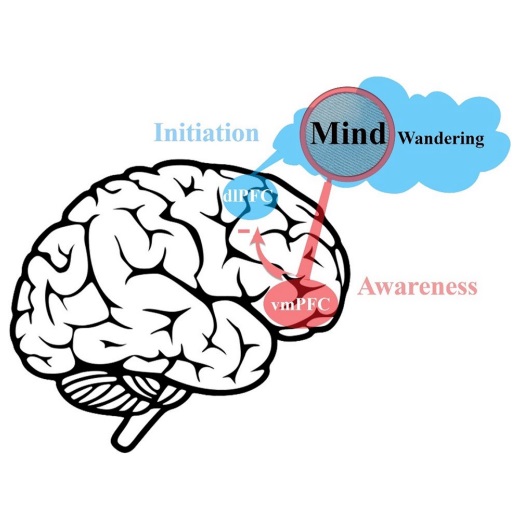
Our recent findings indicate that mind wandering is initiated by the dlPFC and becomes consciously aware through the vmPFC.

Enhanced spatial cognition empowers us to seamlessly merge diverse pieces of information, facilitating a cohesive perception for subsequent cognitive processes. We present a conceptual framework delineating compromised spatial cognition in individuals diagnosed with ADHD.

Principles serve as the cornerstone of science. In this book, I have endeavored to codify the main principles of cognitive rehabilitation. Introducing a new comprehensive framework for therapeutic, educational, and research purposes, this volume outlines five key components essential to cognitive rehabilitation: primary principles, patient, practitioner, program, and process (the 5Ps).

In our latest study,
we found the advantageous impact of incorporating attention training alongside
classical naming intervention in aphasic patients.
Attention plays a pivotal role in normal language processing, and its targeted
training amplifies the effectiveness of therapeutic interventions
synergistically.
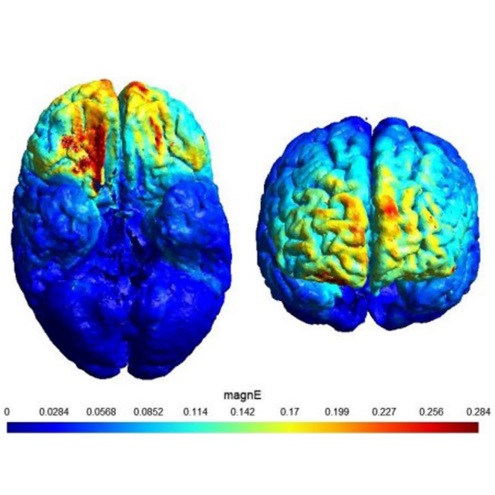
In our recent study, we utilized transcranial random noise stimulation (tRNS) over the dlPFC and vmPFC and discovered enhanced inhibitory control and working memory, along with reduced risky decision-making tendencies in children with ADHD. Importantly, concurrent activation of both vmPFC and dlPFC could improve both cold and hot executive functions.
